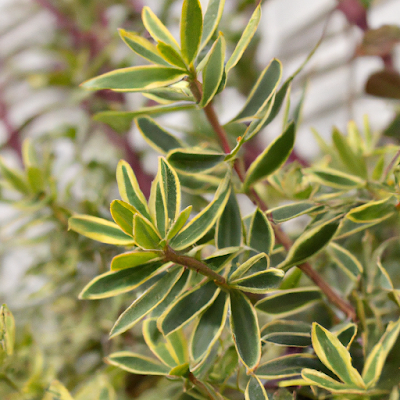10 Steps To Growing Herbs Indoors
Growing herbs indoors can be a rewarding and practical way to have fresh herbs at your fingertips year-round (#ad).
1. Choosing the Right Herbs:
-Some herbs thrive indoors better than others. Here are some popular choices for indoor herb gardening:
-Basil: A versatile and aromatic herb that grows well indoors.
-Parsley: Both curly and flat-leaf parsley varieties do well indoors.
-Chives: Easy to grow and a great addition to many dishes.
-Mint: Mint can be invasive, so it's best to grow it in a separate container.
-Thyme: A low-maintenance herb that works well indoors.
-Cilantro: Grow it from seed, as it has a short lifespan.
-Rosemary: A bit trickier, but it can thrive indoors with proper care.
-Oregano: Resilient and a staple in many dishes.
2. Container Gardening:
-Selecting the right containers is crucial. Each herb should have its own pot or share one with similar watering needs.
-Ensure your containers have good drainage to prevent waterlogged soil.
-Use a well-draining potting mix suitable for herbs.
-Place saucers under your pots to catch excess water and prevent damage to surfaces.
3. Lighting:
-Herbs need plenty of light to grow indoors. Place your herbs in a location with bright, indirect sunlight. A south or west-facing window is ideal.
-If you don't have enough natural light, consider using grow lights. LED grow lights are energy-efficient and provide the necessary spectrum for plant growth.
4. Watering:
-Herbs generally prefer slightly moist soil, not soggy. Water thoroughly when the top inch of the soil feels dry.
-Avoid watering the leaves; water the soil to prevent mold and mildew.
5. Temperature and Humidity:
-Herbs typically thrive in temperatures between 60-75°F (15-24°C).
-Indoor environments are often dry, so provide humidity by misting the plants or using a humidity tray.
6. Pruning and Harvesting:
-Regularly pinch or trim your herbs to encourage bushy growth and prevent them from getting leggy.
-Harvest herbs in the morning when their flavors are most intense. Use sharp scissors or pruners to cut leaves or stems.
7. Fertilizing:
Use a balanced, water-soluble organic fertilizer at half strength every 4-6 weeks during the growing season (spring and summer).
8. Pests and Diseases:
-Keep an eye out for pests like aphids, mealybugs, and spider mites. Treat them promptly with insecticidal soap or neem oil.
-Maintain good air circulation to prevent fungal diseases.
9. Companion Planting:
-Some herbs, like basil and chives, can be used to repel common indoor pests.
10. Repotting:
-As herbs grow, they may become root-bound. Re-pot them into slightly larger containers when this happens.
Remember that growing herbs indoors can be a bit of trial and error. Each herb may have slightly different care requirements, and it's essential to pay attention to their individual needs. With the right care, you can enjoy a thriving indoor herb garden and enhance your culinary creations with fresh, homegrown flavors.


Comments
Post a Comment